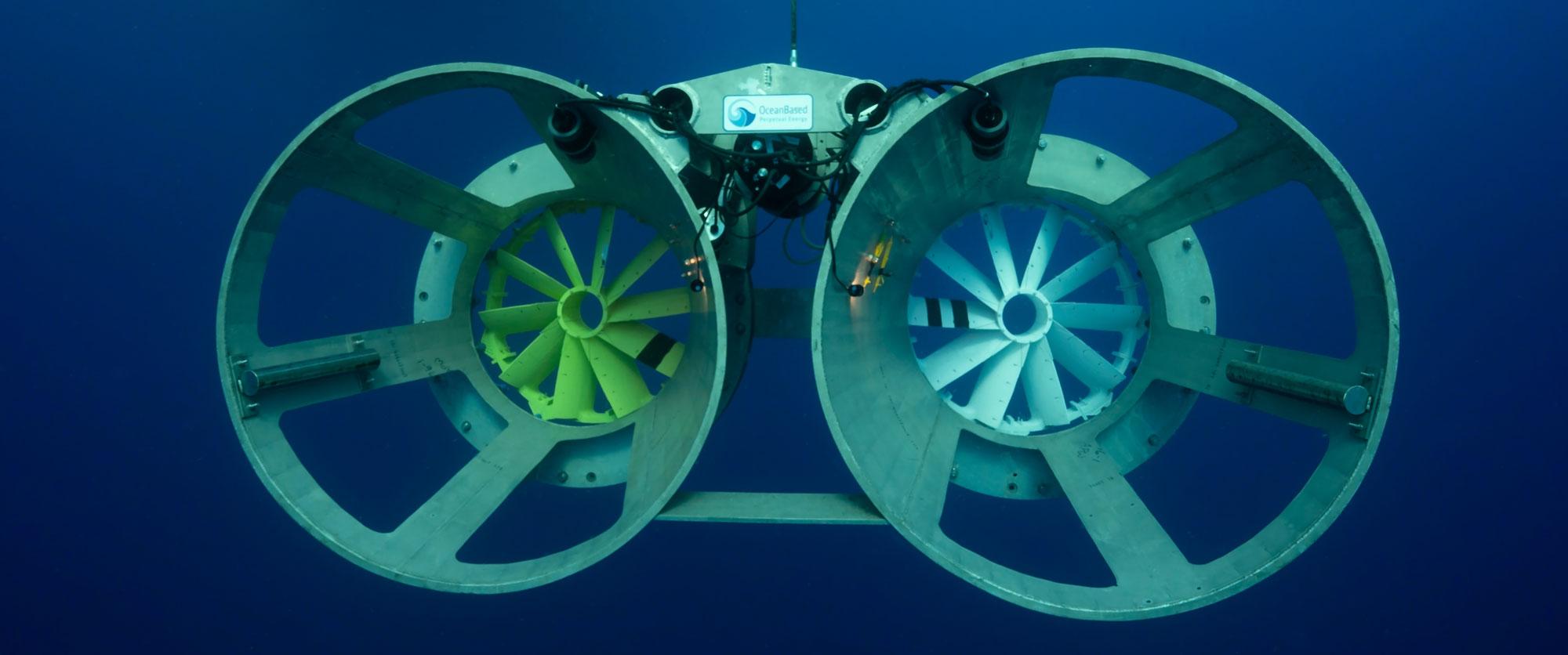
OceanBased will assess environmental impact and embark on systematic development of adaptive management protocols against qualified environmental performance goals.
The federal and state agencies involved in licensing marine and hydrokinetic energy projects have procedures, rules and guidance to help ensure sound and orderly development. Our Stakeholder Outreach Program is designed to engage with relevant federal, state and local authorities, as well as established environmental groups, to assure compliance with regulations, permitting, effective monitoring and adaptive management protocols.
Federal agencies must comply with the National Environmental Policy Act, which requires the preparation of an Environmental Impact Statement. Other relevant environmental laws include the Clean Water Act, Endangered Species Act, Coastal Zone Management Act, National Marine Sanctuary Act, and Marine Mammals Protection Act, among others. The various acts, along with prior environmental studies and research, help identify the following considerations in design, installation and operation of our equipment:
Prior environmental studies and research indicate sections of the Florida Gulf Stream have the high current speeds, water depth, attractive seabed conditions, proximity to grid connections and local interest for commercializing ocean current energy. It is crucial that marine hydrokinetic device installation and operation coexist with marine life and human activities.
Other renewable energies such as wind and solar can be intrusive and unattractive to look at. Often known as NIMBY projects (an acronym for “Not In My Backyard”), they occupy valuable real estate. In contrast, the installation of OceanBased’s infrastructure is not intrusive, does not require any real estate and is not visible from the seashore or the ocean surface.
OceanBased, along with its environmental expert partners, has the capability to monitor, track and evaluate environmental data to supplement prior studies, and determine the proper sites to install equipment. A combination of environmental assessment activities and equipment design criteria will assure operation and installation with the environment in mind, including:
“There is no greater accomplishment that we can do with our lives and work than follow our passion in a way that serves the world and us.”
Nasser M. N. Alshemaimry
Founder & CEO